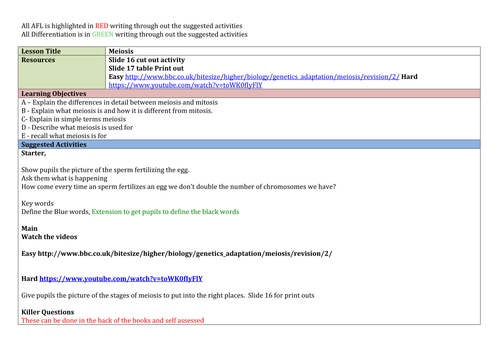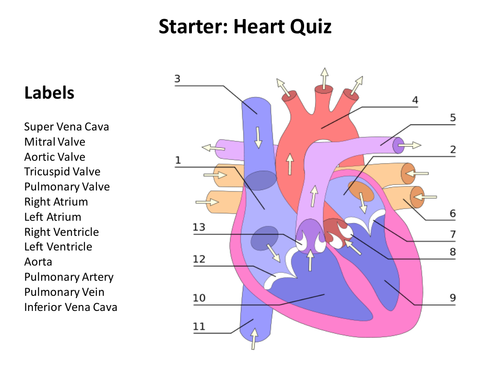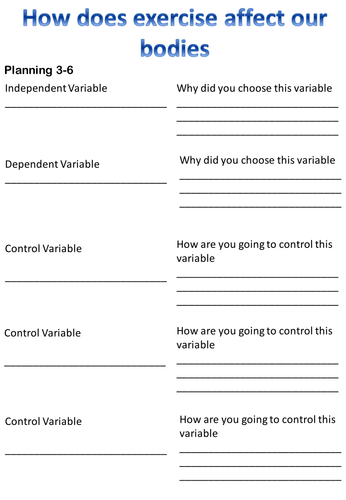Southern Sands Learning
I am a practising AST with over 10 years secondary science teaching experience. After having my two children I have become interested in home schooling and aim to develop resources that can be used by professionals in the classrooms and non professionals at home with their children.





















